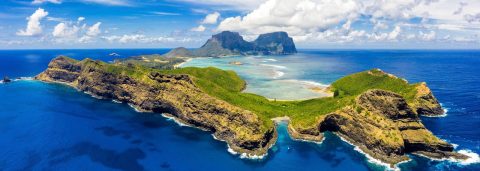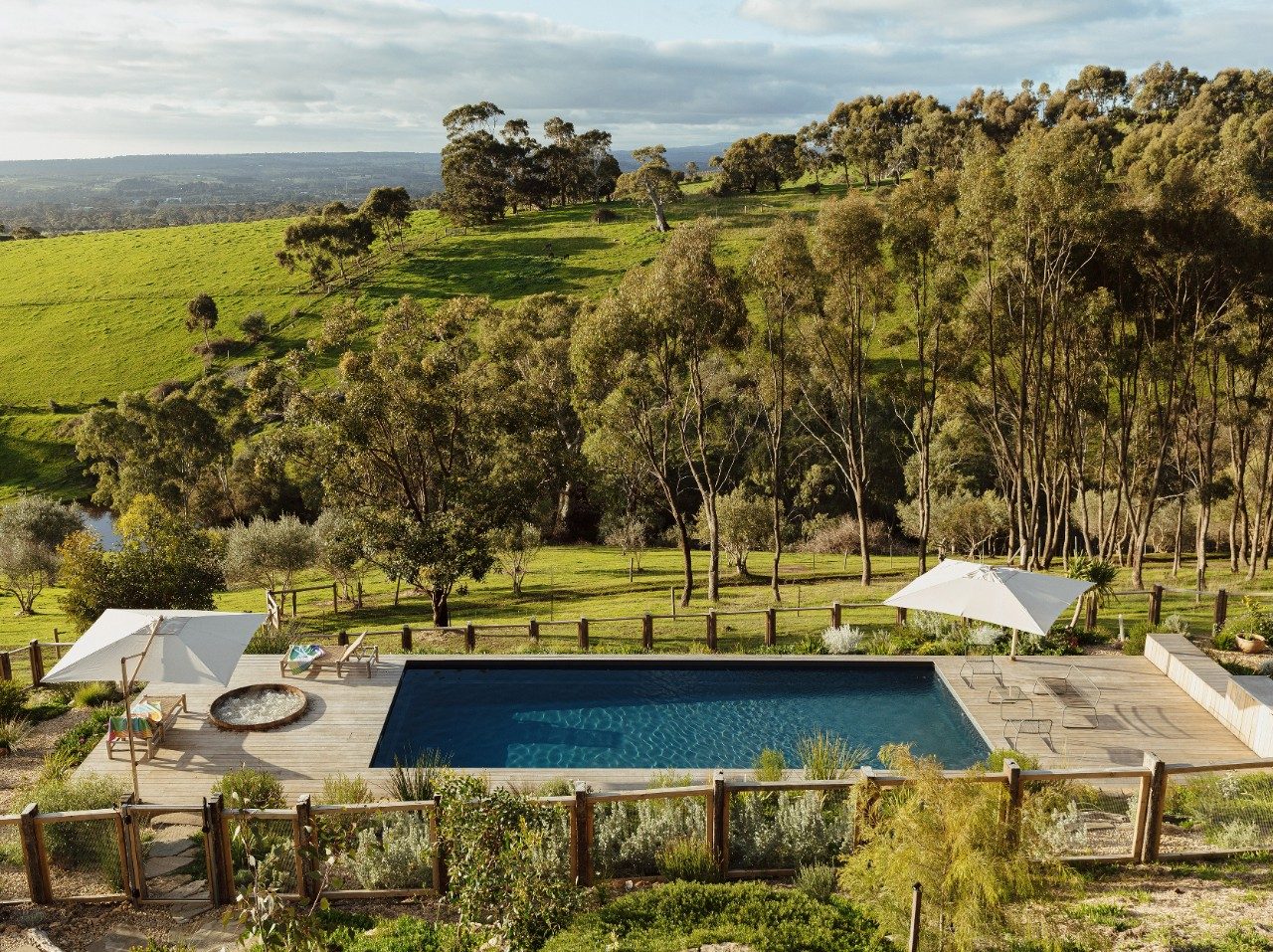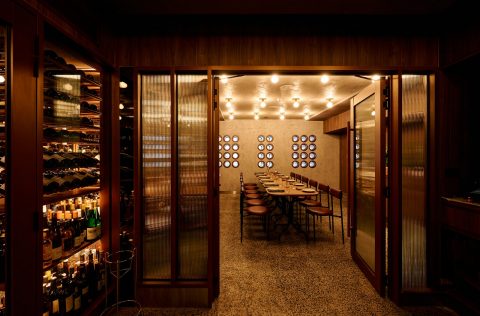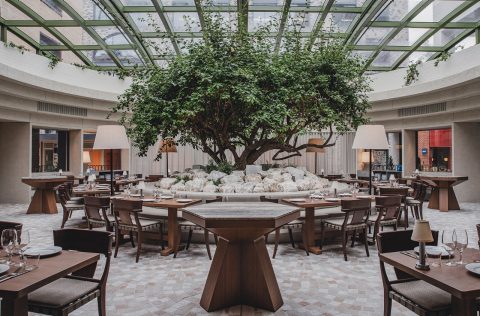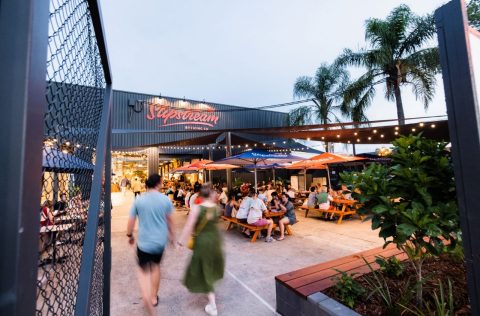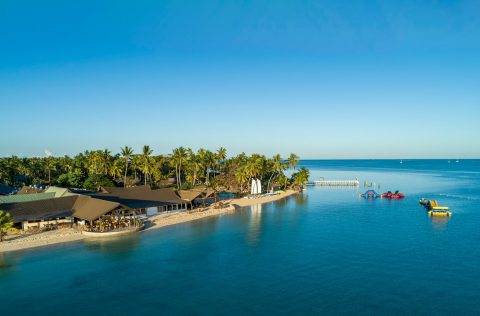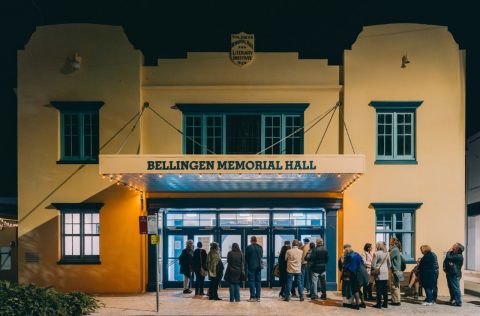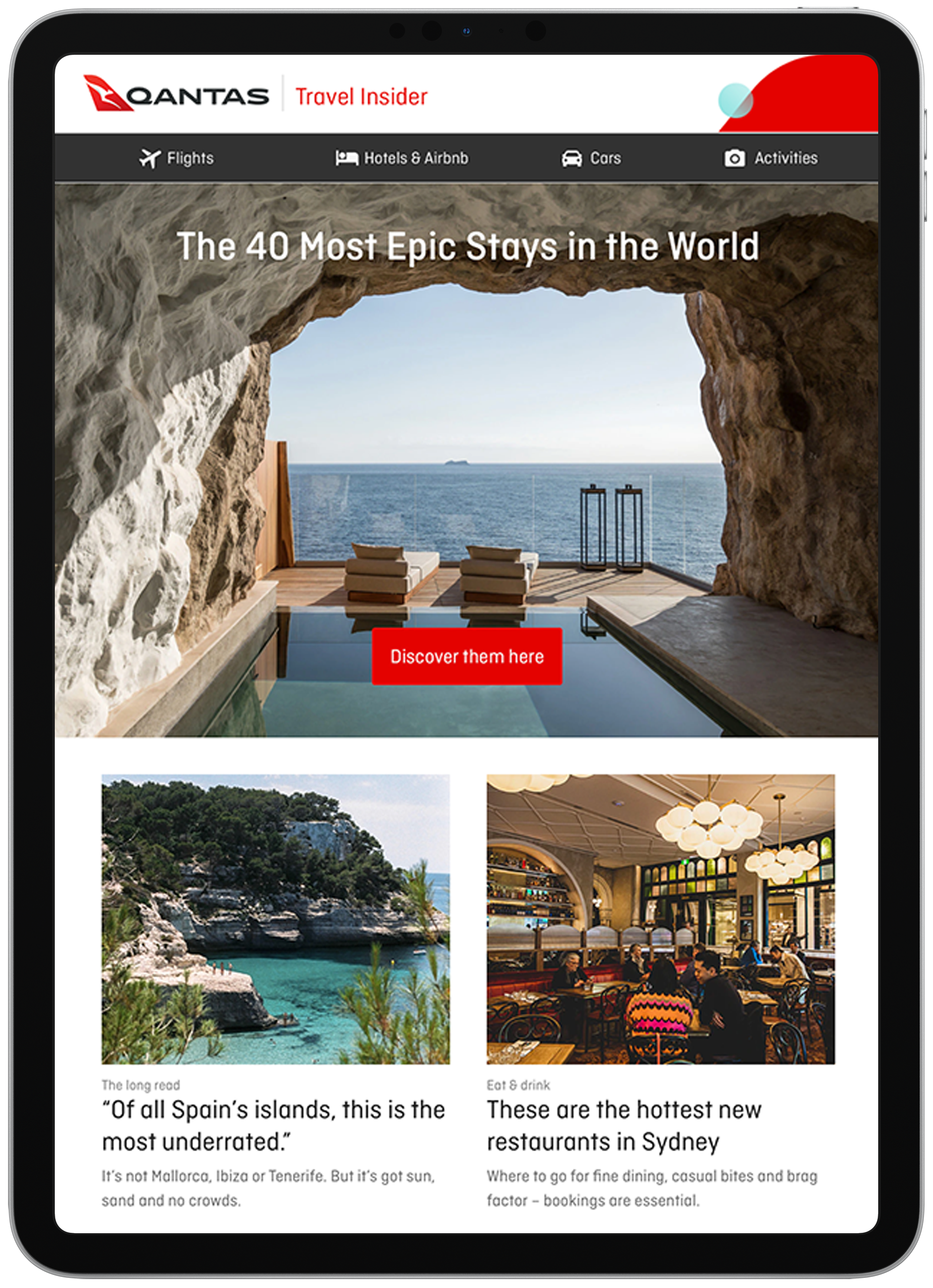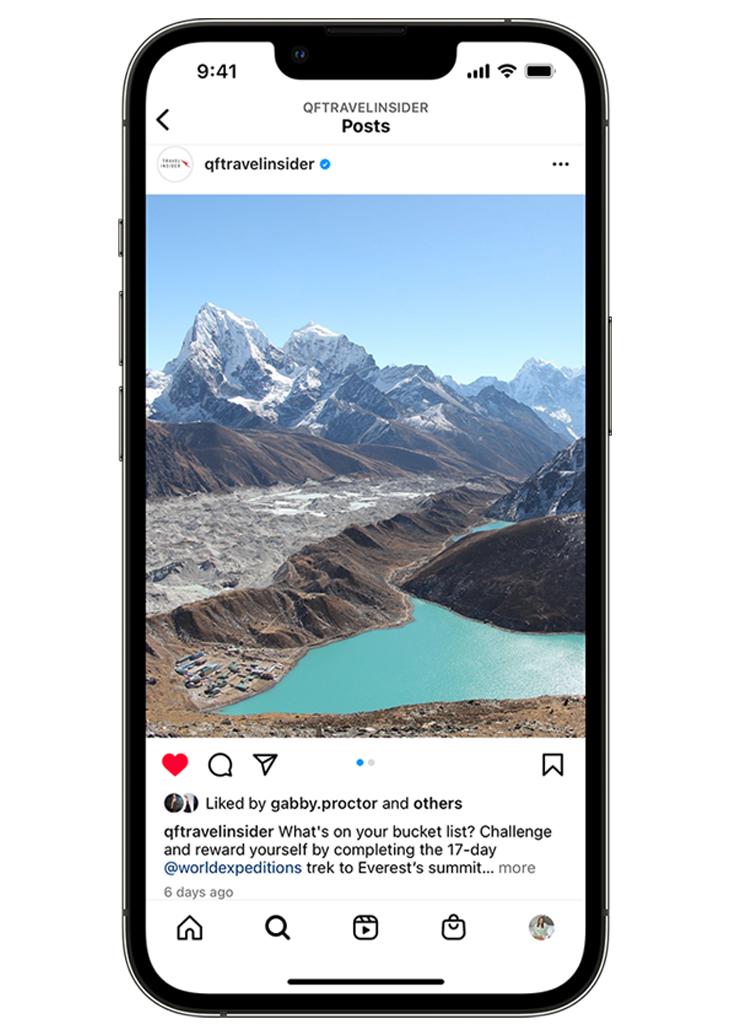16 of the Best Ways to Explore Lord Howe Island’s Natural Wonders
Image credit: Tom Archer/Destination NSW
Ascend Mount Gower
1/17Presiding over the island, Mount Gower’s 875-metre summit is best reached on two feet. The eight-hour return hike is considered one of Australia’s toughest – including rope-assisted climbs and a fair bit of scrambling – but it’s also one of the best, with hikers encountering rare endemic species of flora and fauna along the way. At the top, marvel at the misty mountain air, lush rainforest, stunning 360-degree views of the island and the sparkling surrounding water. Guided treks are the only way to climb it.
Go off-grid
2/17The Cabin, a cosy new two-person stay in the island’s centre, is Lord Howe’s first fully off-grid retreat. Set on a five-hectare site shaded by towering trees, the property is as welcoming as nearby Lagoon Beach: there’s an outdoor firepit, a fridge stocked with complimentary local beers and gin for sundowners and an outdoor shower for post-swim rinses. Considering you’re just a few hundred metres from the ocean, you’ll be using the latter often.
Experience life in a twitcher’s paradise
3/17More than 200 species of birds live on Lord Howe – or make a point of visiting regularly. Meet the endemic flightless Lord Howe Island Woodhen (above) and see red-tailed tropicbirds engage in midair acrobatics during courting rituals between November and June; shearwaters blot out the sky each dusk from September to May; and the adorably affectionate providence petrel, whose proclivity to literally fall (a clumsy, haphazard tumble) from the sky when called has been documented by Sir David Attenborough.
Image credit: Jewel Lynch
Snorkel the lagoon
4/17Beneath the calm surface at Lagoon Beach, you’ll find a veritable underwater wonderland. The beach is protected by the world’s southernmost coral reef, creating a spectacular expanse of crystal-clear water where sea turtles, dolphins and Galápagos sharks glide amiably. About 500 species of fish and 90 species of coral can be found in the Lord Howe Island Marine Park.
Image credit: Rian Cope/Lord Howe Island Tourism Association
Marvel at the cloud forest
5/17The striking “cloud forest” that envelops the peaks of Mounts Gower and Lidgbird during summer is formed by some kind of enchanting island magic. Oh, alright, it’s science – something about water vapour collecting from the ocean then colliding with the mountains – but don’t spend too much time analysing it. Just gaze at the wafty, wispy caps swirling around and know that some things don’t need to be understood to be appreciated.
Image credit: Rian Cope/Lord Howe Island Tourism Association
Cycle the island
6/17With very few rental cars available on the 11-kilometre-long, two-kilometre-wide island – and a speed limit of 25 kilometres per hour – walking and cycling are the preferred modes of transport. Thirteen picturesque kilometres of roads and tracks wend their way through lush rainforests and along the coastline. Bike racks are dotted all over, making it easy to devise your own hop-on, hop-off island bicycle tour.
Image credit: Lord Howe Island
Kayak to Rabbit Island
7/17Its official name is Blackburn Island but the small grassy mass, 700 metres offshore in the sparkling lagoon, is known by locals as Rabbit Island. It’s thought the moniker derives from the thousands of wedge-tailed shearwater burrows covering the island, which early settlers mistook for rabbit warrens. Pack lunch and paddle out to the island for a picnic – the birds will likely be your only company.
Image credit: Ian Hutton Walking Tracks
Explore the island on foot
8/17Lord Howe Island is a Permanent Park Preserve that covers nearly two-thirds of the island and there are kilometres of walking trails and adventurous hikes to tackle. Whether you’re after a relaxed stroll through lush kentia palm and banyan forests, or would rather climb up one of this UNESCO World Heritage-listed island’s seven summits, there’s plenty of natural splendour to be found. Explore the isle on your own or join a guided walk with Chase ‘n’ Thyme, Lord Howe Nature Tours and Wildside Walks – there are short day trips and multi-day adventures available.
Image credit: Destination NSW/Zach Sanders
Scuba-dive at Ball’s Pyramid
9/17For a closer view of Lord Howe Island’s underwater denizens, don scuba gear and head to Ball’s Pyramid. Located 23 kilometres south-east of the island, it’s the world’s tallest sea stack of volcanic rock, rising 551 metres out of the water. Beneath the surface, divers come face-to-face with a kaleidoscopic array of creatures in caves and waters around these basalt masses – including bottlenose dolphins, sea turtles, wahoo and the extraordinarily rare Ballina angelfish.
Image credit: Getty Images
Swim with sea turtles at Old Settlement Beach
10/17Time your visit to the picture-perfect Old Settlement Beach to about an hour before high tide. You’ll happily coincide with a coterie of sea turtles grazing on seagrass in the shallows. Grab a set of goggles and join them – they won’t mind a bit.
Image credit: Emily Armstrong/Lord Howe Island Tourism Association
Feed the fish at Ned's Beach
11/17At Ned’s Beach you’ll find a protected Sanctuary Zone brimming with colourful fish and vibrant coral that’s ideal for swimming and snorkelling. Before you take a dip, visit Ned’s Beach Shed and purchase some fish pellets to share with your new finned friends – it’s a popular activity for kids on Lord Howe Island.
Image credit: Jackson Arkadieff
Hike Malabar Hill at sunrise
12/17Greet first light at Malabar Hill at the northern tip of Lord Howe. Start the track at Ned’s Beach and follow the ridge, the dazzling colours of sea and sky deepening as the sun begins its ascent. To the south, you’ll see the twin peaks of Mounts Lidgbird and Gower and the white-rimmed curves of pristine beaches just about everywhere you look. Continue climbing the track to reach the summits of Malabar Hill and Kim’s Lookout and finish the five kilometre walking track at Old Settlement Beach.
Image credit: Sea Lord Howe/Lord Howe Island Tourism Association
Try your hand at fishing
13/17Keen anglers from all over know about Lord Howe Island, which is surrounded by a designated marine park and lacks commercial fishery. The abundance of fish and diversity of species in its waters makes the island one of the world’s best fishing destinations. Visit Ball’s Pyramid, hop on board a sunset fishing cruise or join an around the island scenic cruise and get ready to throw your reel out.
Image credit: Destination NSW/Tom Archer
Ride the champagne waves at Blinky Beach
14/17Flesh-footed shearwaters and sooty terns observe from the dunes as surfers and bodyboarders make the most of the break at renowned surf spot Blinky Beach. Locals call it “champagne surf”, thanks to the beach’s sparkling waves and clean break. And with so few people on the island (capped at 400 visitors at any one time), no-one’s going to drop in on you.
Image credit: Getty Images
Cook up a feast
15/17A traditional meal on Lord Howe is a beachside barbecue. Buy fresh produce at the local shops, order a cheese platter or bring your own catch of the day, then fire up one of the communal barbecues dotted around the island’s 11 named beaches. Cut firewood is neatly stacked at each, ready for cooking your feast. Complement your meal with a takeaway cocktail, a Lord Howe Island G&T or visit the local brewery for an Island Ale.
Lord Howe Environmental Tours
16/17The Galápagos archipelago is famous for its endemic creatures but we think Charles Darwin would have been mightily taken with Lord Howe Island, too. Take a glass-bottom boat tour with Islander Cruises, Marine Adventures or Environmental Tours to explore the turquoise lagoon, hemmed by that spectacular reef, where a huge variety of tropical and temperate species arrive on converging currents. Guaranteed sightings: sea turtles, vibrant coral and all manner of rainbow-hued fish.
